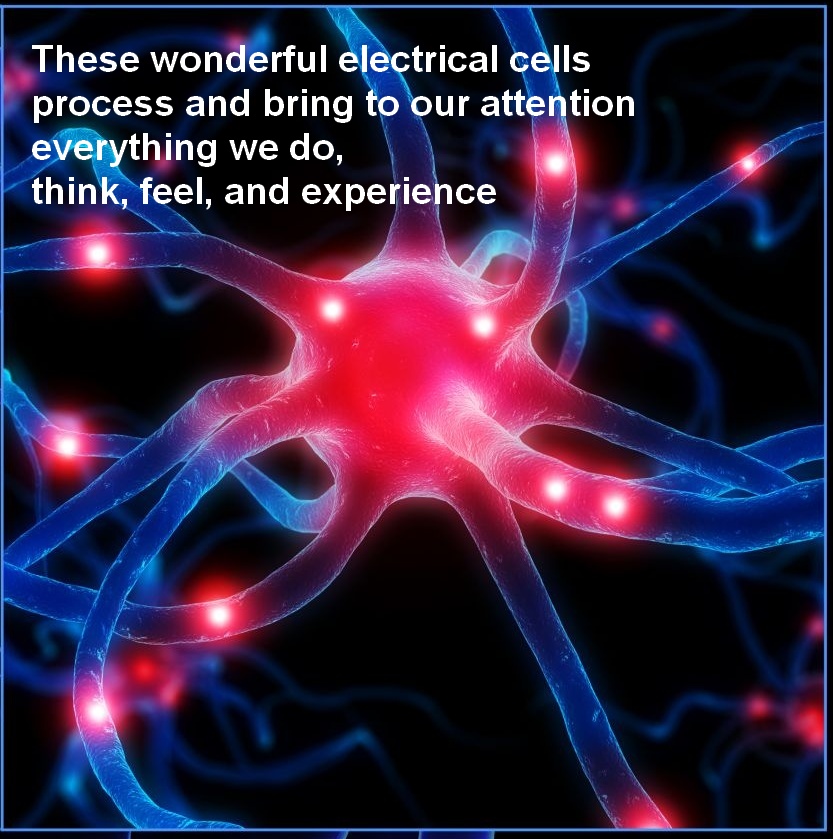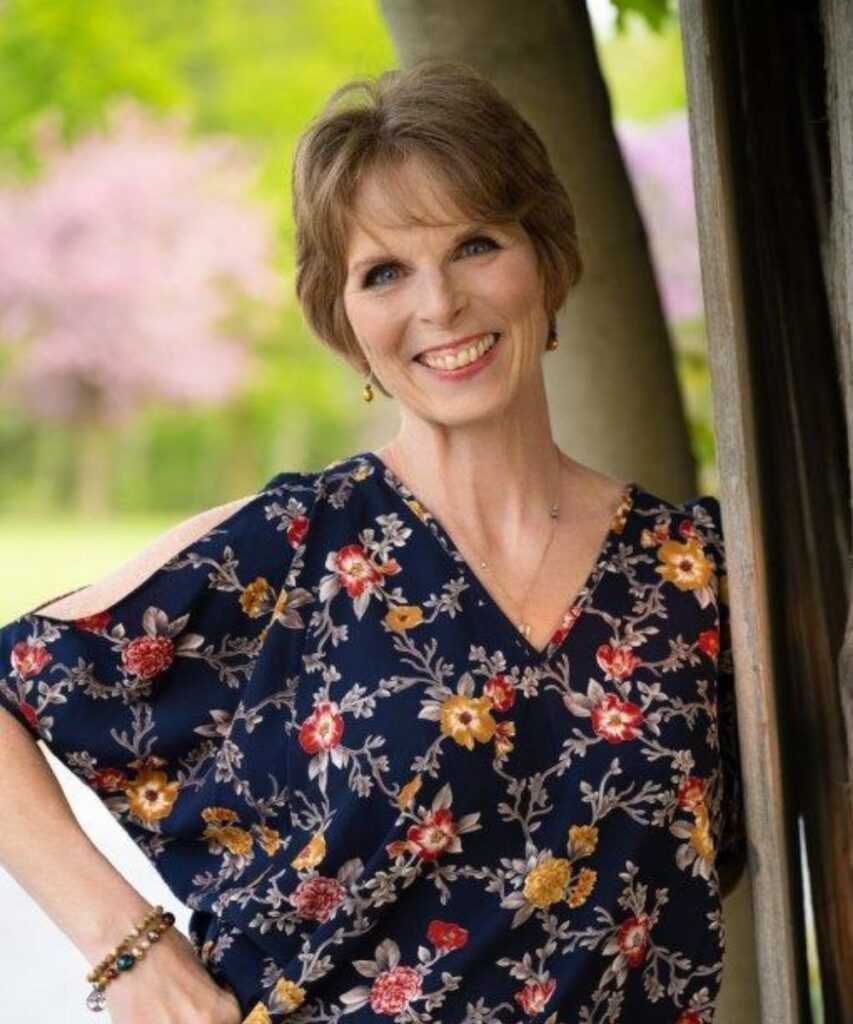NEW SERVICE! Learn more about my 4-Session Reiki Transformation Package
 There is one constant in this universe and that is change! We tend to create stress in our lives when we are constantly looking for stability, defined as “no changes”. We can definitely create stability however it looks different. It is an inner state rather than an outer state. And with so many of my clients feeling the effects of change and transition very intensely right now, my attention was peaked while reading the latest issue of PATHWAYS to family wellness magazine. I would like to share a portion of one of the articles here with you entitled “Why and How we Shift”.
There is one constant in this universe and that is change! We tend to create stress in our lives when we are constantly looking for stability, defined as “no changes”. We can definitely create stability however it looks different. It is an inner state rather than an outer state. And with so many of my clients feeling the effects of change and transition very intensely right now, my attention was peaked while reading the latest issue of PATHWAYS to family wellness magazine. I would like to share a portion of one of the articles here with you entitled “Why and How we Shift”.
“IONS (Institute for Noetic Sciences) did a 10 year project looking at consciousness transformation. And we looked at the catalysts that shift someone. It can be anything…people describe something as mundane as washing dishes, or as in the case of Edgar Mitchell, as profound as coming back from the moon, that would allow a moment of reflection to say, “Wow! I just feel there is something more here.” It could be the death of a loved one or the loss of a job, a divorce…all of these can be helpful to disrupt our current state. It’s really beautiful when we can move our conversation about something that is traumatic into something that can help us grow and evolve, because that’s the worldview shift. It’s how we define the situation. One person can see it one way and another person can see it another way. It is how we can begin to own the power of the interpretation of the experience.
We interviewed some 60 masters from different world traditions to discuss their practices and how they can help people make these life-enhancing changes. Although you may expect the traditions to offer widely different perspectives, there were many commonalities. Essentially we identified four components:
Intention: I set an intention to come into this place of interconnectedness and see my place in the whole.
Attention: Where are we placing our attention? Pay more attention and become aware of what we are not attending to. This gives us a sense of humility that we aren’t seeing everything even when it is there. Practicing attention can look like contemplation, meditation, turning off the TV and taking a walk, or moments of reflection with your family. Those are just some of the many forms. The essence is that we are consciously shifting our attention.
Building New Repetitions: Neuroscience tells us that our behaviours become neuropathways that become habit-making grooves in our brains. As we build new habits, there is neuroplasticity, which is our capacity to build new grooves in the brain – and we begin to think and respond in new ways with less reactivity, more gratefulness, and more forgiveness.
Guidance: It may be a teacher or a book, or it may be – and often is – some means of slowing down enough that we can shift our attention toward our inner experiences. We can begin to trust our own guidance, and begin to listen to that noetic voice within us that can help us calibrate what’s true and useful for each of us.”
I love looking at the infinite possibilities that we have within us to build resilience. When we are uncomfortable enough with what is not working, we are more willing to do something different! How many times have you heard that you can not solve a problem with the same consciousness that created it? So – let’s practice making new neuropathways that bring more transformation, flow and ultimately happiness in our lives. Have you experienced success with any of these components to change? Do you have a favourite of your own to share with the readers? I love getting feedback. And don’t forget to leave a link back to your own blog too if you have one via the commentluv feature here on the site.
Until next time,
Karen

Reiki Master, Biophoton Light Therapist and Enneagram coach, Karen Armstrong has a valuable set of resources to support people on their journey to better understanding themselves and the messages of the mind, body and soul.